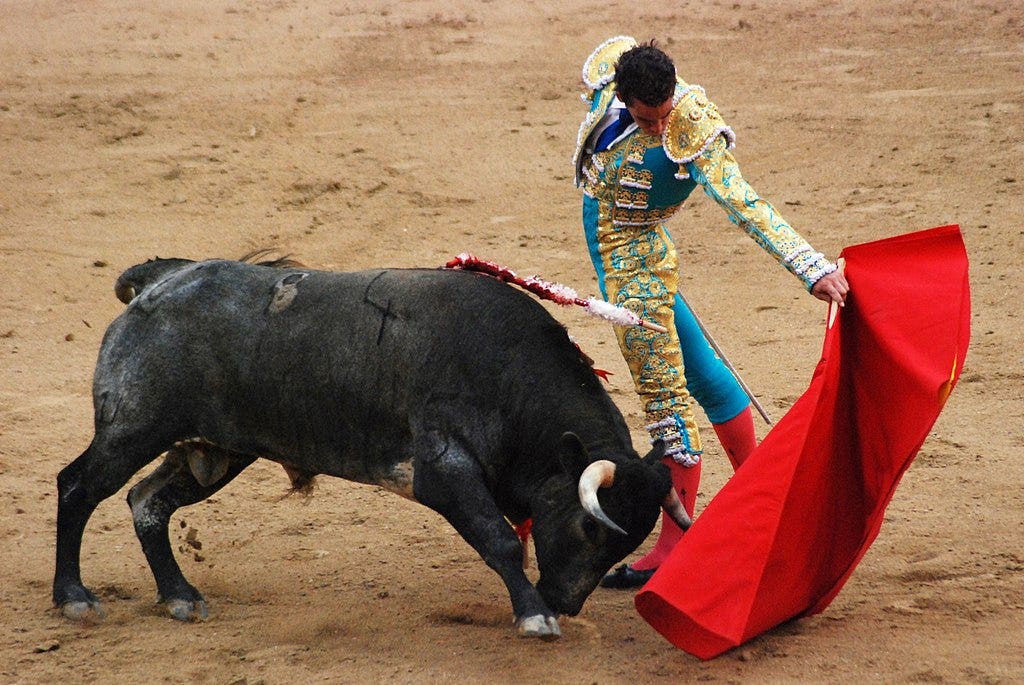Why PETA pushes the pope on bullfighting
Bullfights have historic ties to Catholicism. Animal rights groups want to see that denounced.
Animal rights organization PETA projected an image condemning bullfighting on the facade of the Apostolic Palace Tuesday, in an attempt to encourage Pope Leo XIV to condemn the practice.
Similar organizations have previously made petitions and interrupted papal events in an effort to get the Vatican to make an official statement on the matter.

